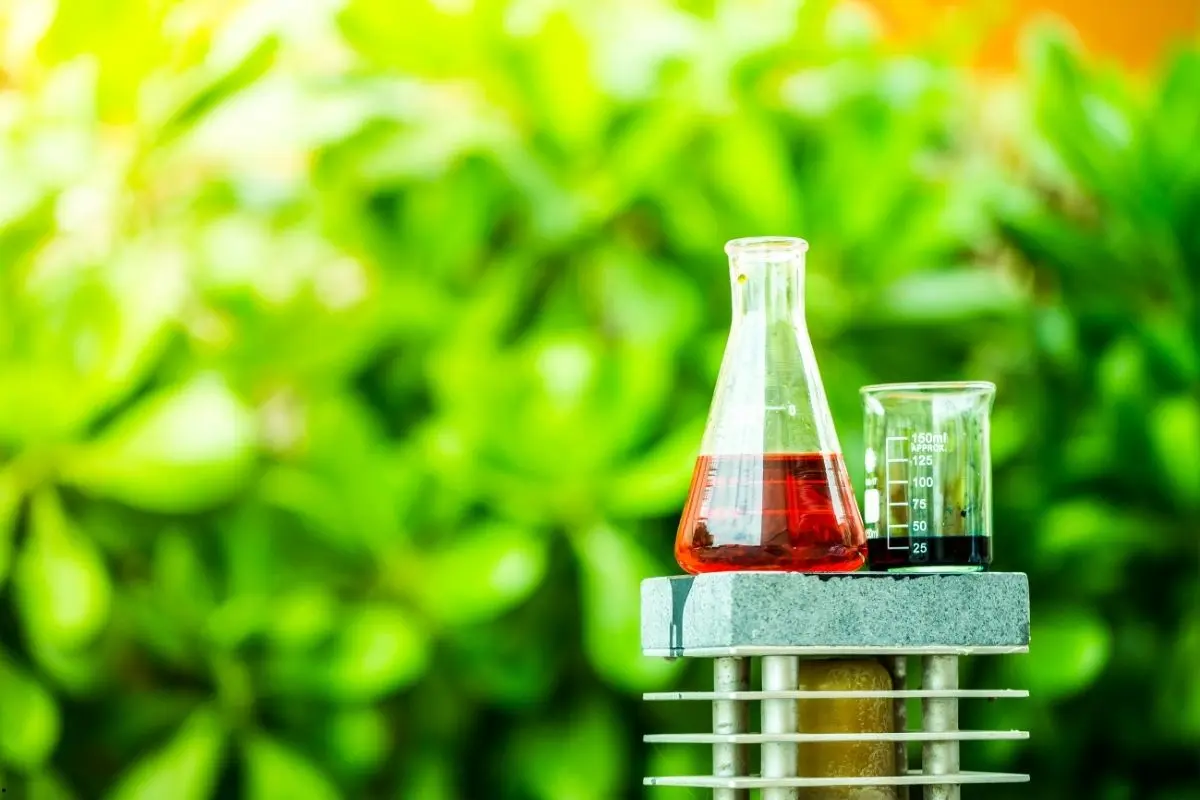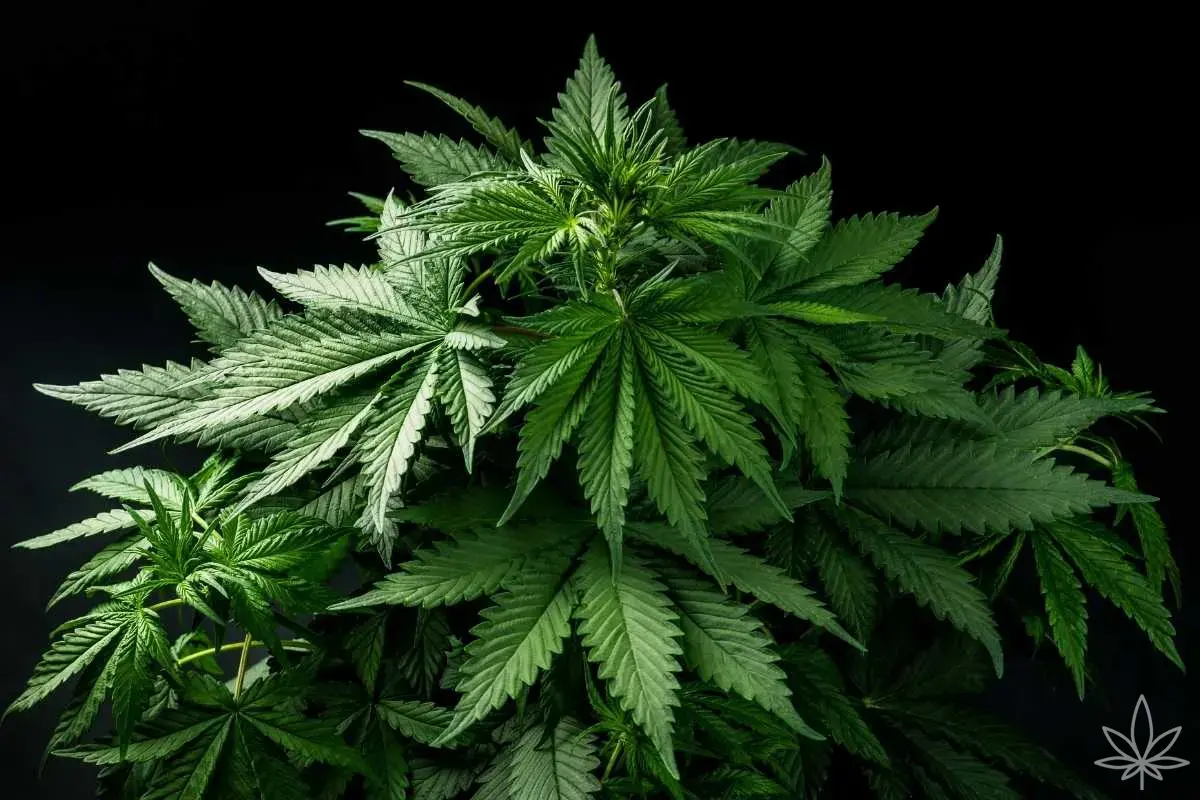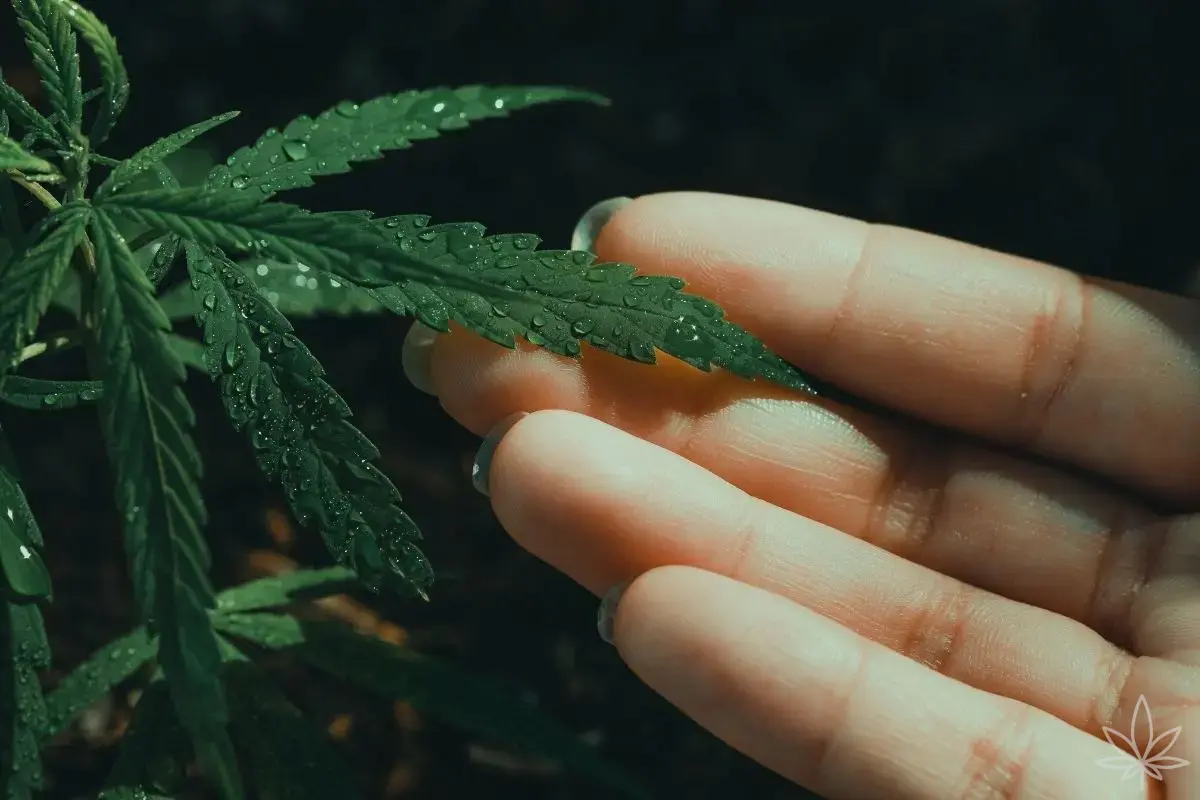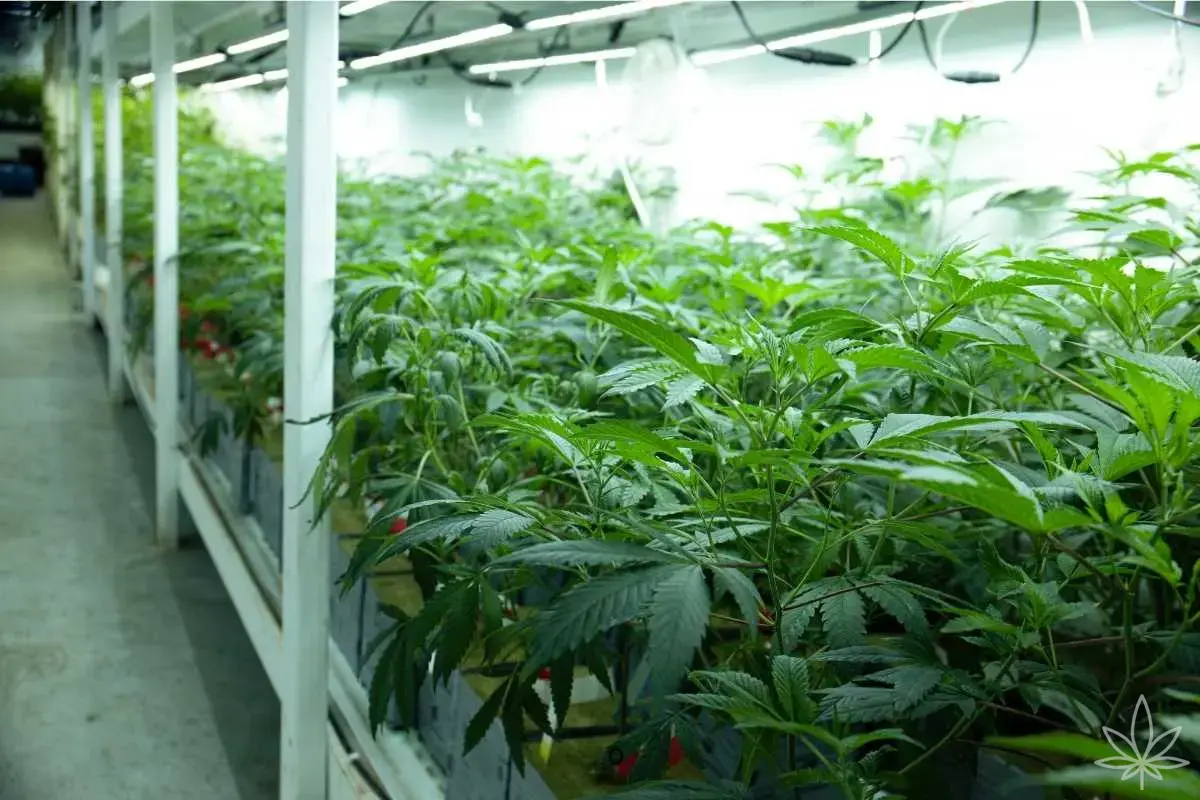Perfect, thanks for pasting the text. Below is the English translation, shaped in the style you asked for: an experienced grower breaking things down for a learner, with a mix of clear explanations, analogies, and practical guidance. I’ve preserved the structure and tone so it reads natural, almost like a mentor talking.
Feeding Plants: Like Salt in the Kitchen
With nutrients, it’s just like with salt in cooking. A pinch brings out the flavor. Too much, and you ruin the dish. In the growroom, the “flavor” we’re talking about is growth rate and final quality of the harvest. That’s why the question “when should I start feeding, and when do I stop?” carries way more weight than it seems at first.
I don’t start with feeding charts. I start with observing. Numbers help, but the plant always speaks first: leaf color, how flexible the blades are, how fast the water disappears from the pot. Once you catch that rhythm, the rest falls into place.
Seedlings: Not Bodybuilders Yet
For the first 10–14 days, the plant lives on the built-in reserves of the seed and what’s in the fresh, light soil mix. Throwing full-strength nutes here is like giving an espresso to a newborn. Why do that?
Light soil mixes (“seedling” or light-mix): stick to plain water (pH ~6.0–6.5), no feed.
Coco/perlite (inert media): you can start with minimal feeding from day one – a gentle solution around EC 0.4–0.6 plus Ca/Mg, just to avoid deficiency.
First true sign it needs food: plant has 2–3 true leaf pairs, roots are pushing, and the soil is no longer enough on its own. Don’t rush. Feeding too early stalls growth and leaves permanent marks on young leaves that won’t go away.
Vegetative Phase: Fuel for the Framework
Veg is where you set the ceiling of your yield. Thick stems, active leaves, strong roots—this is where nitrogen (N) takes the lead, but not alone.
Soil: start at ¼–½ of the recommended dose; work around EC 0.8–1.2. If the plant wants more, move up to 1.4–1.6.
Coco: smaller, more frequent doses. Watch Ca/Mg carefully—deficiencies hit fast here.
Hydro (DWC/NFT): more predictable. Start at EC 0.8–1.0, then hold steady in the 1.4–1.6 zone as biomass increases.
Signs you’re in the sweet spot: pleasant medium-green leaves (not dark military green—too much N), leaves praying slightly upwards, healthy node spacing. Burnt tips mean you’re pushing too hard. Bottom leaves yellowing too early? Add a touch of N, but don’t flood.
Transition to Flower: New Cook in the Kitchen
When you flip to 12/12 (or the plant naturally flowers outdoors), metabolism shifts. Now it’s less about building the framework and more about fueling bud production. Nitrogen stays, but only as a side dish.
Early bloom: EC 1.4–1.7 works well.
Think of nitrogen like scaffolding: useful, but if you overdo it, the plant builds scaffolding instead of the actual stage. Result? A leafy jungle, not what we’re here for.
Full Bloom: Appetite Rises, but Control Matters More
This is the point where the temptation is strongest: “I’ll pour in some booster, what’s the harm?” Easy. A booster (P/K, maybe carbs) only makes sense if the base diet is balanced.
Typical EC sweet spot: 1.7–2.0 depending on strain, environment, and light intensity.
Ca/Mg check: soft water plus strong LEDs? Be extra vigilant here—micro deficiencies can wreck your finish quicker than any phosphorus imbalance.
Practical rule:
If EC in the tank goes up daily – plant is drinking more water than nutrients → dilute.
If EC drops – plant is eating → you can bump levels slightly when you refresh.
If stable – you nailed it, don’t mess with success.
When to Stop Feeding? The Flush Without the Myths
Finishing the cycle means flush: clean water with very low EC so the plant runs on its reserves and clears its tissues. Is it magic? No. It’s flavor hygiene.
Indoor: usually 7–14 days before harvest.
Outdoor: minimum one week, but adjust for weather (a storm isn’t the same as a controlled flush).
Water: RO/demineralized, EC 0.0–0.2, pH still on point.
Plant signals: older leaves fading yellow (using up reserves), nutrient uptake slowing down.
Important: don’t think of flush as “cut food entirely and hope.” If veg was underfed and bloom maxed out, an early harsh flush can kill potential. Timing is everything.
Different Media, Different Dynamics
Soil: buffered. Effects show with delay. Feed less often, keep it simple, don’t mix three different brands just because.
Coco: acts like hydro in a bag. Fast response, fast mistakes. Small doses, high frequency, steady Ca/Mg.
Hydro: pure math—EC, pH, temp, oxygen. Upside? Instant feedback; you can dial it in with precision.
The “Golden Timeline” (Guide, Not Gospel)
Days 1–14: water only in soil; EC 0.4–0.6 + Ca/Mg if coco/hydro.
Vegetative phase: ramp from EC 0.8–1.0 up to 1.4–1.6; N dominant.
Start of bloom: EC 1.4–1.7, switch balance toward P/K.
Full bloom: EC 1.7–2.0 (if the plant can handle it).
Flush: last 7–14 days, pure water, EC 0.0–0.2.
Reminder: that’s just a framework. Heavy feeders under strong light will push higher. Delicate phenos will need less.

Plant Signals Trump the Bottle Label
Light tip burn = edge of the line, but okay.
New leaves too dark, stiff = too much N.
Old leaves fading evenly = needs a feed in veg, or a smoother bloom transition.
pH drifts despite steady EC = plant is shifting uptake balance—adjust the recipe, don’t just slam pH down hourly.
Common Myths (and Quick Corrections)
“More is always better, the plant will choose.” Wrong—excess in one nutrient blocks others.
“Booster fixes everything.” Nope—only if your base is already balanced.
“Flush kills yield.” Bad flush, yes. A well-timed one? It improves flavor and final quality.
Quick Action Plan (Stick This on the Fridge)
Note dates and observations—just two lines per day.
Adjust feed in small steps (10–15%), not all-or-nothing jumps.
In veg: watch leaf posture and steady growth—don’t chase nitrogen records.
Transition to bloom gradually—reduce N, bring in P/K over a week, not overnight.
Monitor EC/pH, solution temp; check roots (the smell tells all).
Final 7–14 days: flush. Keep airflow and light steady.
Final Word
Feeding isn’t magic or some hidden art. It’s just a conversation with your plant. First you listen, then you answer with numbers.







